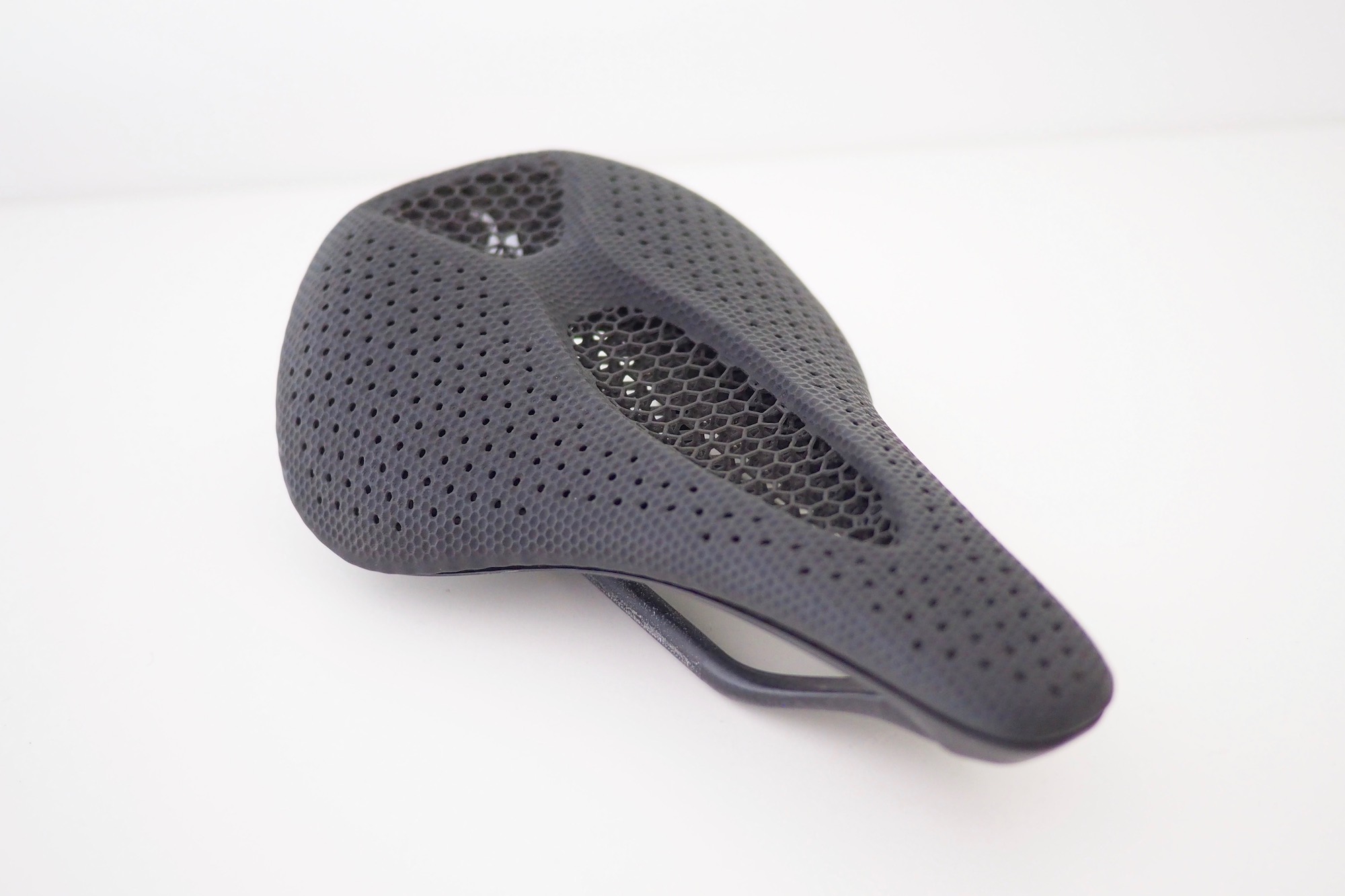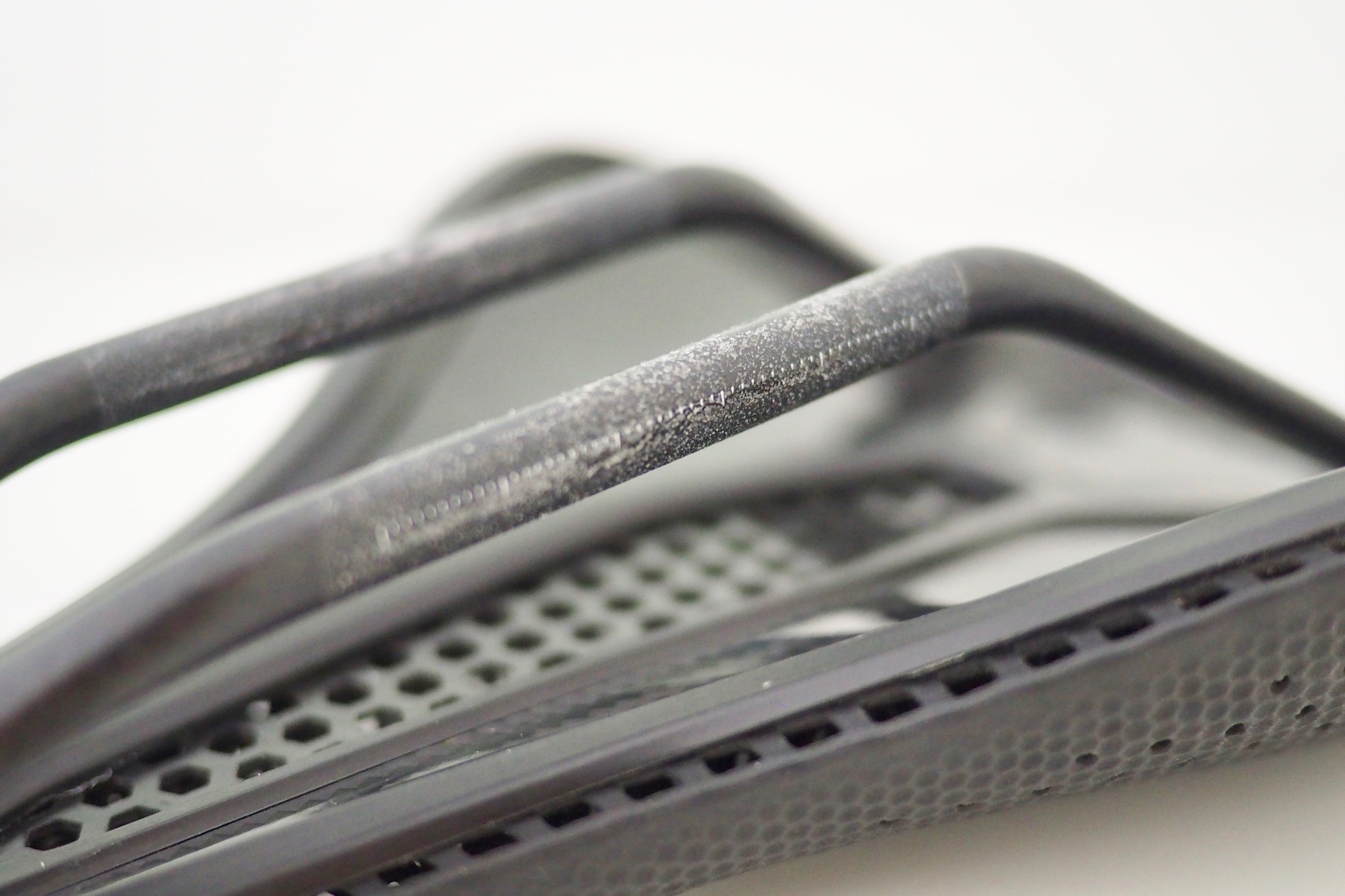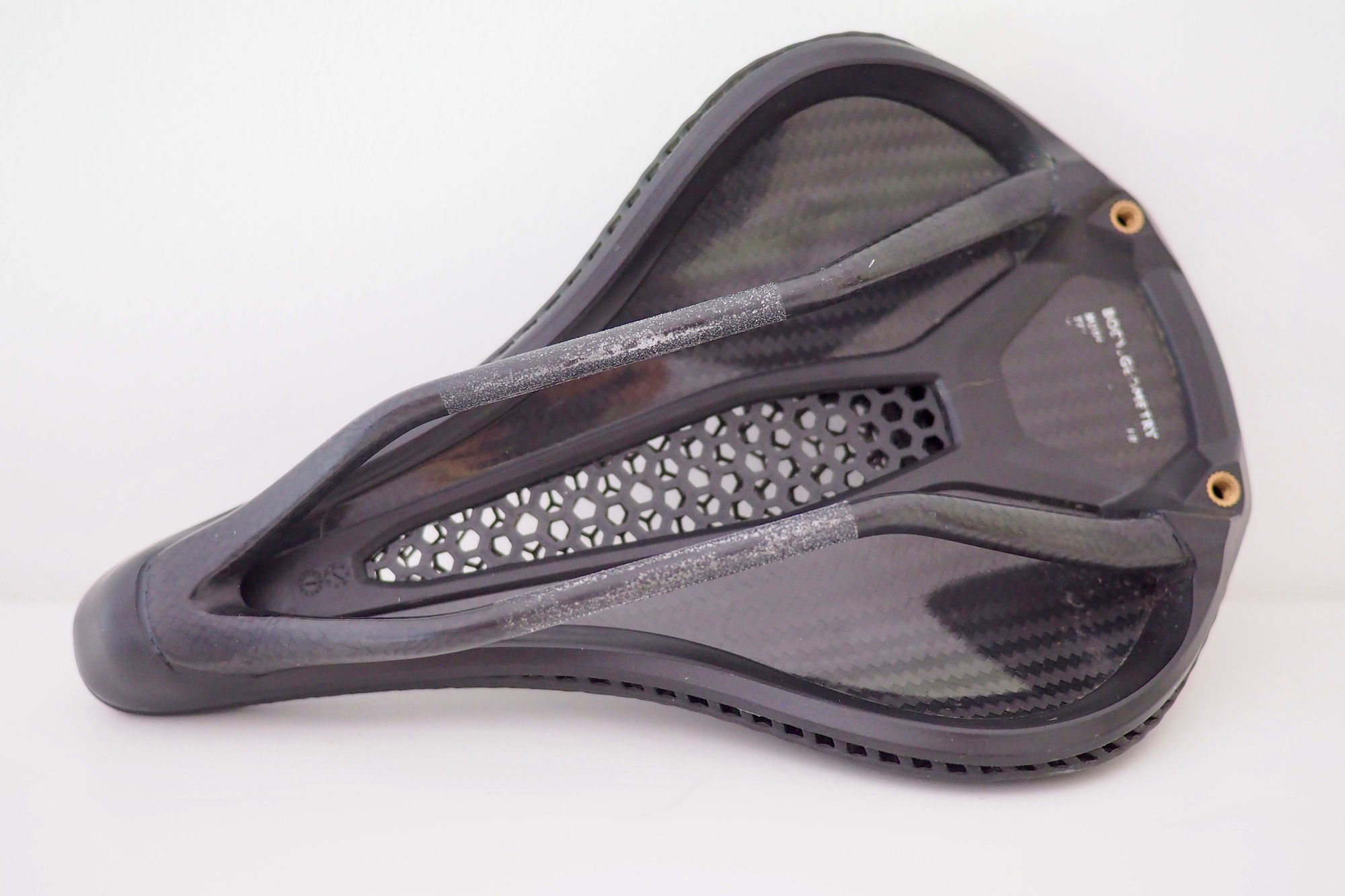Specialized Power with Mirror saddle review
We take the new Mirror tech from Specialized for a spin

There's no denying the incredible technology behind this saddle and the fact it's probably just the beginning of a brave new world. However, the slight differences in shape meant I never gelled with the S-Works Power with Mirror in the same way I have with the standard Power.
-
+
Comfortable build
-
+
Weight
-
-
Shape didn't quite suit me
You can trust Cycling Weekly.
I first caught glimpse of the S-Works Power with Mirror technology back at the 2019 UCI World Championships. Huddled in a small room with the engineers and some top 3D printing boffins it was as if I'd stumbled into a Sci-Fi film that happened to be set in Yorkshire.
>>> Best men's bike saddles and best women's bike saddles
I had my first ride on my saddle that weekend and since then I've been spent a few months and thousands of kilometres perched on top of it.
California dreaming
Specialized has called on some of its Silicon Valley friends to handle the physical construction of the saddle.
Carbon is a Californian company that's well known in the liquid polymer world, making soles for Adidas' shoes (as well as Fizik's 3D printed saddle) and it would actually describe the saddle's construction as Carbon Digital Light Synthesis, with ultraviolet light used to cure liquid plastic resin into shapes.

In the context of the Specialized Power with Mirror saddle those 'shapes' are in fact a complex lattice of 14,000 struts and 7799 nodes. I'd describe the look of the saddle as 'squishy' but it's actually firmer in different parts and more supportive where your sit bones are.
The saddle does squirm when riding. That sensation was hard to pinpoint at first - I thought I'd lost some pressure from my tyres before I realised it was the saddle surface moving underneath me, which is something a foam saddle has never done.
Body Geometry is still key

In all of the Specialized products which interact with the human body, there's a term that comes up time and again: Body Geometry. The science of fit and ergonomics underpins everything the American brand does.
In recent years this has been informed by Retül Technology, a vast database of fit metrics that has allowed Specialized to pin point common measurements and help improve fit and comfort for the majority of riders.
>>> How to choose the right saddle
It was this analysis of bike fit data that led to the brand's use of Mirror technology, which also informs the shape and design of this saddle. Specialized say that this has already been proven to increase blood flow and reduce soft tissue pressure.

The Mirror tech is only available currently in one shape (although a 143mm and a 155mm width are available) and it sits somewhere between the Power and the Power Arc; the former is my go to saddle of choice. The notable differences are that the 3D printed version is longer than the traditional Power, with a shorter cut out and more flare on the sides.
I have tested both saddles in 143mm guise, and I wouldn't say the Power with Mirror saddle is as immediately comfortable as its stablemate. I found I shifted forward and backwards far more on the 3D printed version than on the standard Power model and I wouldn't say that I've ever felt the fit was 'nailed'. However, a lot of saddle fit is personal preference, and what the Power with Mirror has proven is that I prefer a slightly stubbier shape with a longer cut out.
That said, I've ridden well over 1500kms on this saddle and haven't had any major comfort complaints. I've done multiple back-to-back 100km days and haven't once winced when climbing back on the saddle the following morning, and it hasn't caused any rubbing or irritations.

The base and the rails of the saddle are made completely of carbon, and the whole saddle weighs in at 193g. I did suffer from a creaking that I pinpointed to the saddle base that no amount of torquing or re-torquing was able to shake.
I have no doubt that the manufacturing process behind the Power with Mirror saddle is expensive, and the intellectual costs that go into such a process are steep, hence why it costs £350 – incidentally the Fizik Antares Versus Evo 00 Adaptive costs £369.99. However, if I had to pick, the foam Power would still be my first choice of saddle.

Thank you for reading 20 articles this month* Join now for unlimited access
Enjoy your first month for just £1 / $1 / €1
*Read 5 free articles per month without a subscription

Join now for unlimited access
Try first month for just £1 / $1 / €1
Get The Leadout Newsletter
The latest race content, interviews, features, reviews and expert buying guides, direct to your inbox!
-
 'I'll take a top 10, that's alright in the end' - Fred Wright finishes best of British at Paris-Roubaix
'I'll take a top 10, that's alright in the end' - Fred Wright finishes best of British at Paris-RoubaixBahrain-Victorious rider came back from a mechanical on the Arenberg to place ninth
By Adam Becket Published
-
 'This is the furthest ride I've actually ever done' - Matthew Brennan lights up Paris-Roubaix at 19 years old
'This is the furthest ride I've actually ever done' - Matthew Brennan lights up Paris-Roubaix at 19 years oldThe day's youngest rider reflects on 'killer' Monument debut
By Tom Davidson Published
-
 'One of the hardest races I've ever done in my life' - Tadej Pogačar finishes runner-up on Paris-Roubaix debut after crash
'One of the hardest races I've ever done in my life' - Tadej Pogačar finishes runner-up on Paris-Roubaix debut after crashWorld champion reacts to 'extremely hard' battle with Mathieu van der Poel
By Tom Davidson Published